The Control + alt + del keys on Windows open the task manager, but not the same on the Mac. On the Apple computer, the procedure for closing different programs is also very simple. This feature is useful for terminating and restarting crashed apps. In addition, you can check which applications are running in the background and consuming a lot of processing or memory which can slow down your computer, depending on your Mac's hardware configuration.
In the following tutorial, check out how to access the task manager in macOS. The procedure was performed on a MacBook Air with macOS 10.14 Mojave, but the tips apply to other computers and versions of Apple's system.
Three Ways to Improve Internet Speed on Mac

Learn how to access task manager on macOS Photo: Divulgao / Apple
Want to buy a cell phone, TV and other discounted products? Meet the Compare dnetc
How to quit programs in macOS
If you want to access the task manager to force any application to open on your Mac, you can do so by accessing a function-specific menu.
Step 1. Go to the apple menu in the upper left corner and go to the "Force Quit …" Alternatively, use the shortcut "option command esc";
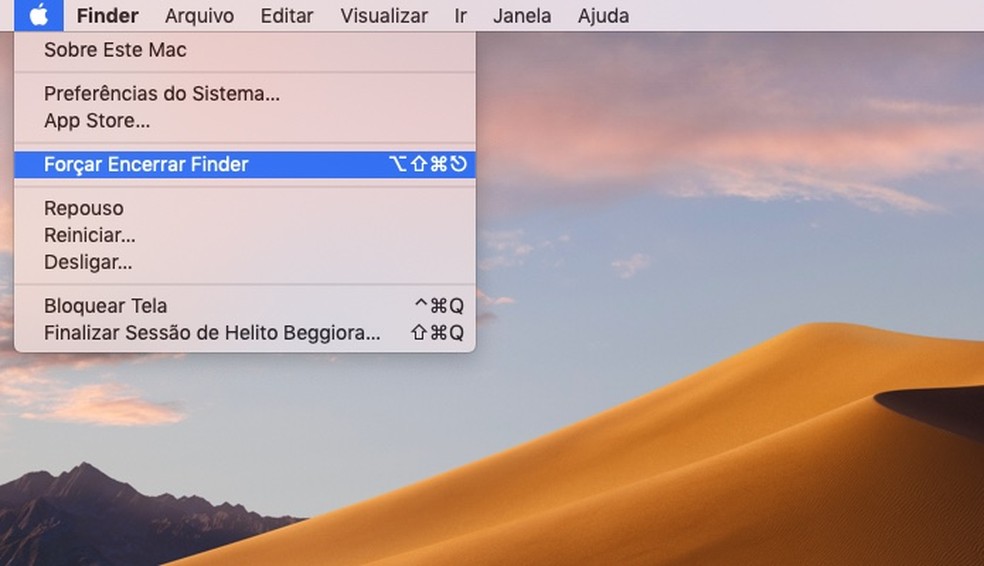
Accessing the macOS Task Manager Photo: Reproduction / Helito Beggiora
Step 2. Choose the application you want to terminate and press the "Force Quit" button.

Finishing apps Photo: Playback / Helito Beggiora
How to check CPU consumption in macOS
The macOS Activity Monitor reminds the Windows task manager of its features: You can check the memory, CPU and disk space currently occupied according to the programs running on the machine.
Step 1. Press "command + spacebar" to open Spotlight search and type "activity monitor". Open the first result of the program;
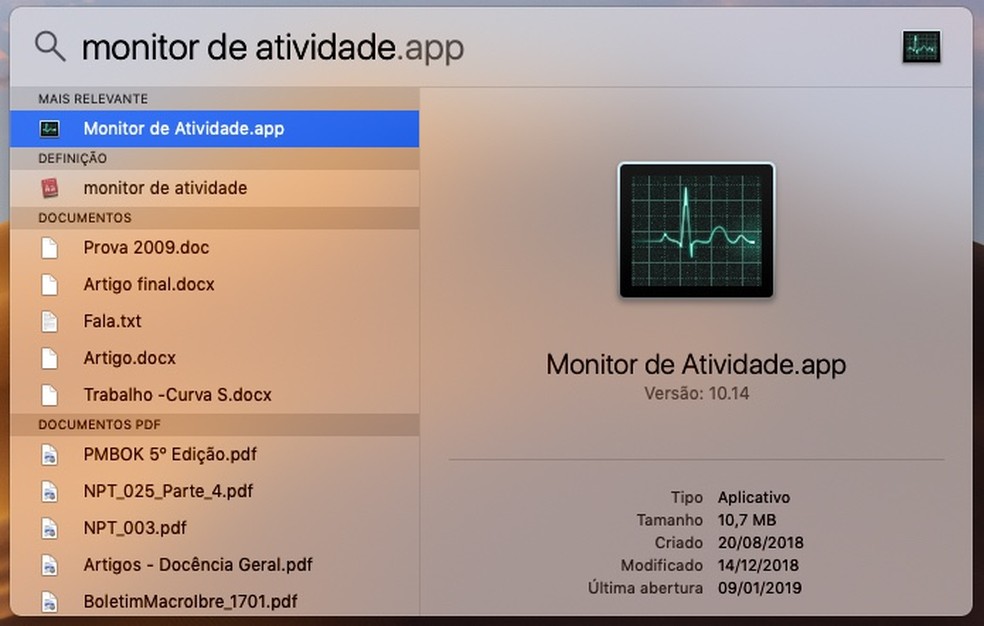
Open Activity Monitor Photo: Reproduction / Helito Beggiora
Step 2. In Activity Monitor, you can check which background programs and services are consuming the most CPU, memory, wasting the most power, using disk and network;
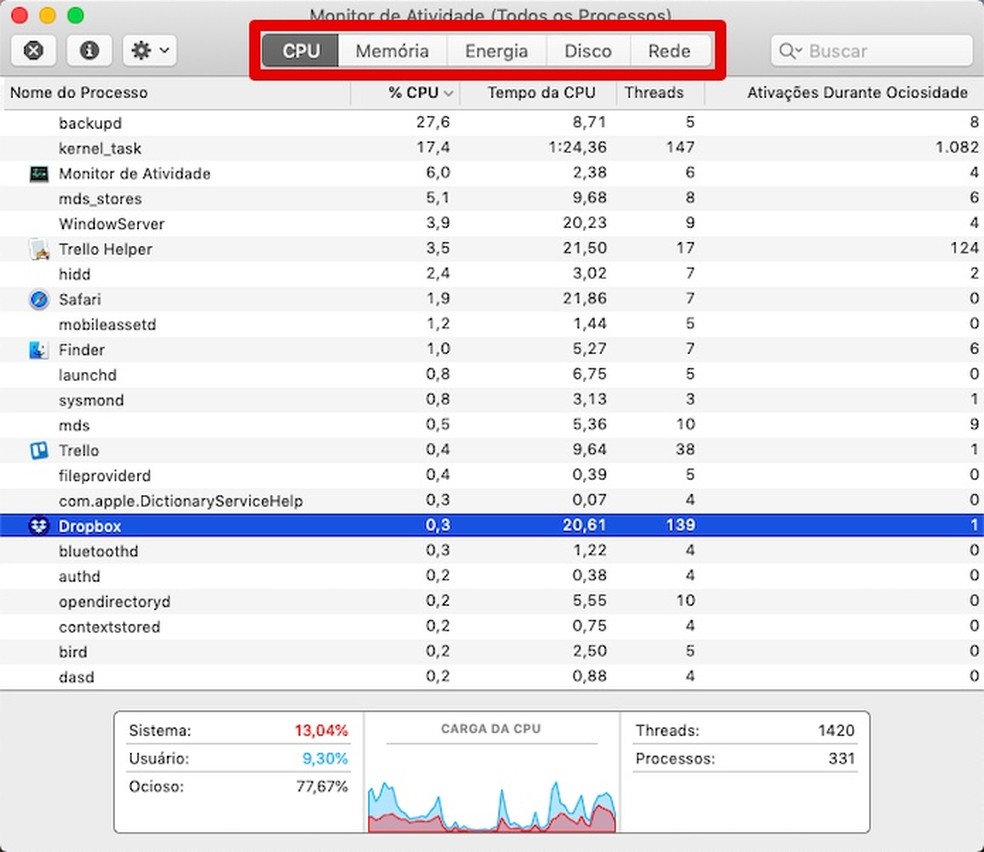
Checking background apps Photo: Reproduo / Helito Beggiora
Step 3. If you want to terminate an application, select and press the "X" button in the upper left corner of the window. Finally, confirm in "Force Quit".
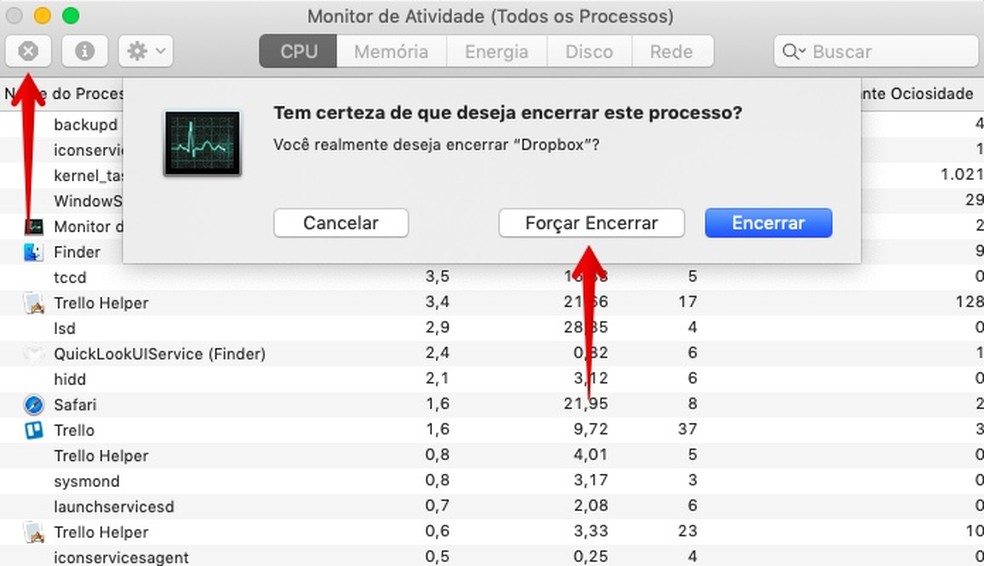
Finishing Apps and Services Photo: Reproduction / Helito Beggiora
Ready! Take advantage of the tips for terminating crashed applications on macOS.
How to change login screen in macOS Mojave? Ask questions on the dnetc forum.
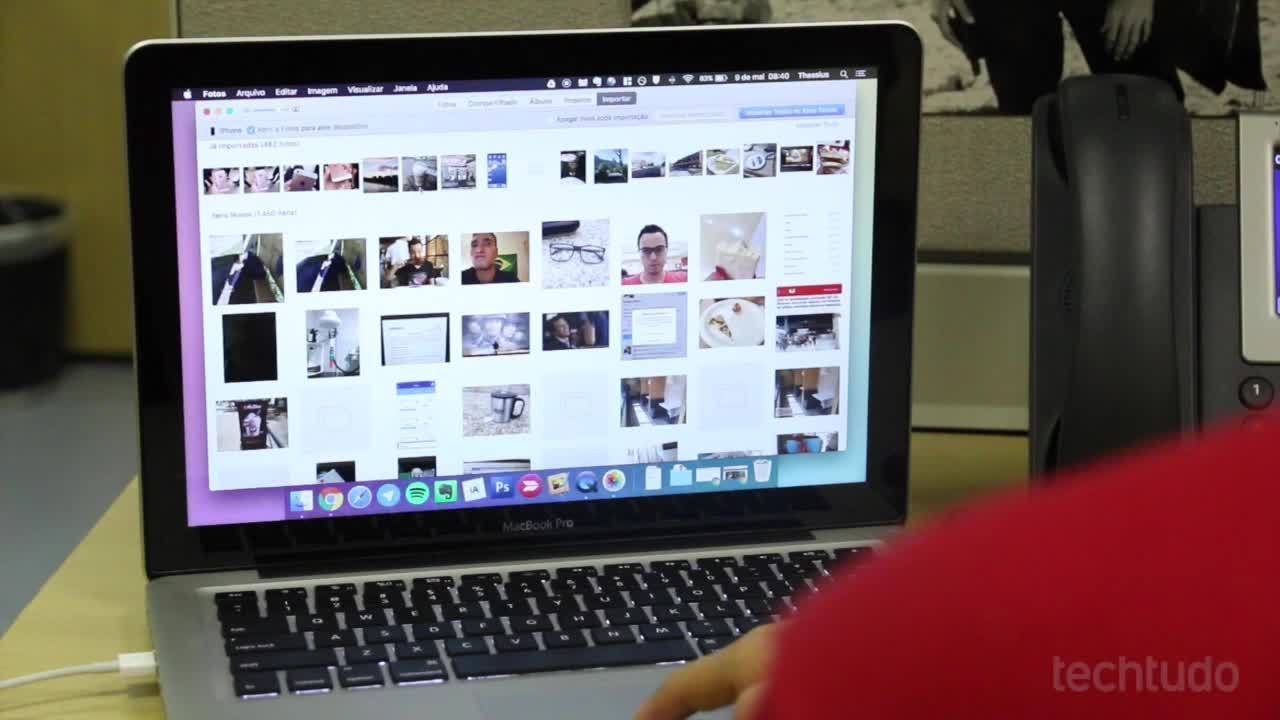
How to pass photos from iPhone to PC and Mac
